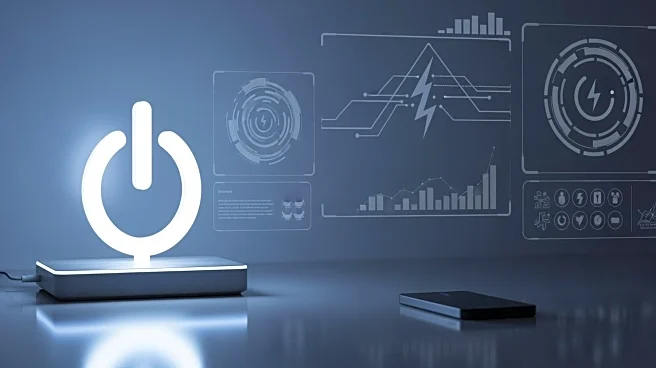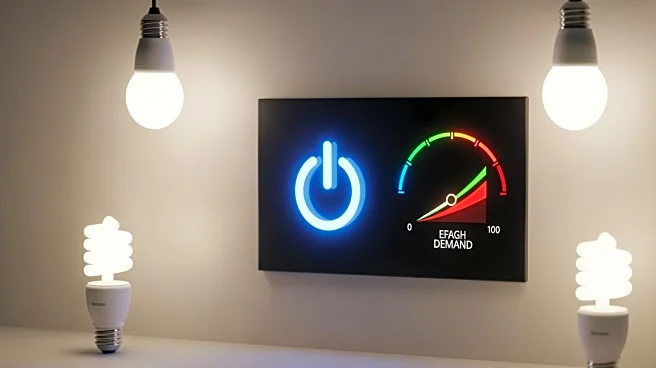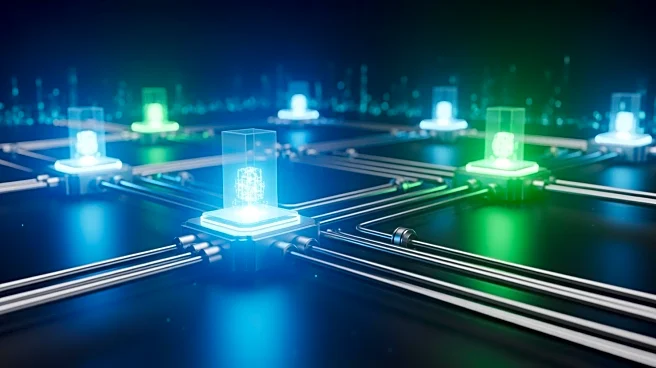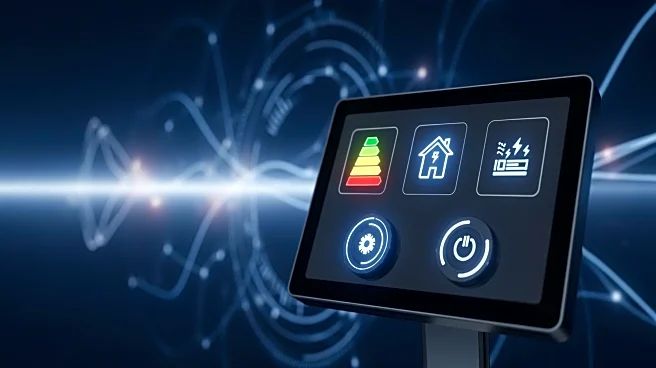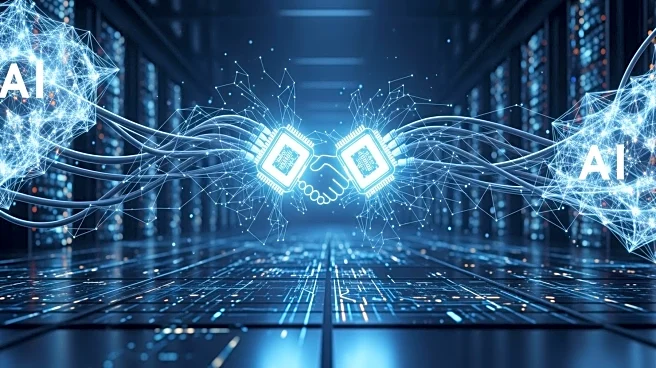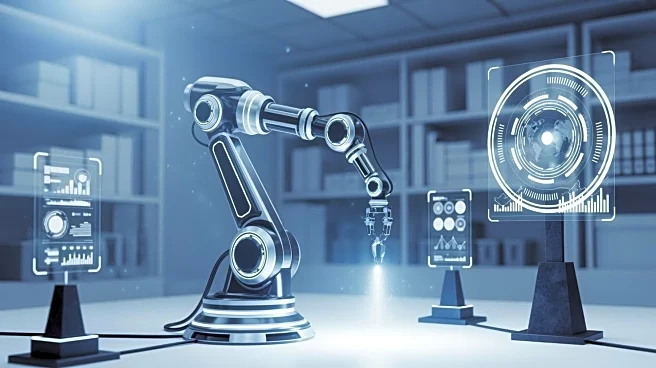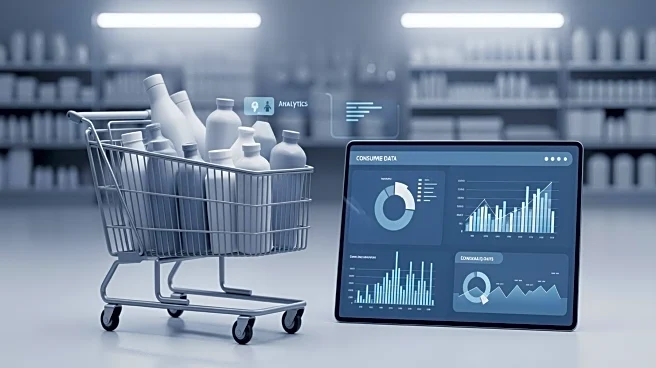What's Happening?
The Smart Energy Consumer Collaborative, led by President Nathan Shannon, is emphasizing a customer-centric approach to address the increasing electricity demand in the U.S. The organization highlights
the role of distributed energy resources (DERs) such as batteries and rooftop solar in enhancing grid stability. According to a report by ICF, U.S. electricity demand is projected to grow significantly, with a 25% increase by 2030 and 78% by 2050. This growth is driven by the rise of artificial intelligence data centers and other technological advancements. The report also predicts substantial increases in residential electric rates, posing challenges for consumers already struggling with energy costs. The Collaborative's research indicates strong consumer interest in solar-plus-storage programs and demand response initiatives, which could help manage grid demand and provide financial incentives to participants.
Why It's Important?
The emphasis on a customer-centric approach in the energy sector is crucial as it aligns with the growing demand for sustainable and reliable electricity. By integrating DERs and demand response programs, utilities can enhance grid resilience and offer cost-saving opportunities to consumers. This strategy not only addresses the immediate challenges of rising electricity demand but also fosters long-term consumer trust and engagement. As utilities navigate the energy transition, leveraging advanced technologies and deepening customer partnerships can lead to a cleaner and more resilient energy future. The potential for increased consumer participation in energy management programs signifies a shift towards more proactive and informed energy usage, benefiting both the industry and consumers.
What's Next?
Electric utilities are expected to continue developing and implementing strategies that prioritize customer engagement and integrate DERs into their operations. The adoption of AI and machine learning technologies will play a key role in improving load modeling and grid management, enhancing both resilience and reliability. Utilities may also focus on expanding virtual power plants and demand response programs to manage peak demand effectively. As consumer interest in solar-plus-storage programs grows, utilities will likely explore partnerships and initiatives to facilitate the installation of these technologies. The ongoing transformation in the energy sector presents opportunities for utilities to strengthen their roles as trusted community pillars and deliver a more customer-centric energy future.
Beyond the Headlines
The shift towards a customer-centric energy model has broader implications for the industry, including ethical considerations related to consumer data privacy and the equitable distribution of energy resources. As utilities deepen their partnerships with consumers, they must navigate the complexities of data management and ensure transparency in their operations. Additionally, the integration of DERs and advanced technologies may lead to cultural shifts in energy consumption patterns, encouraging more sustainable practices among consumers. The focus on customer experience and trust-building highlights the importance of ethical business practices in fostering long-term relationships with consumers.
